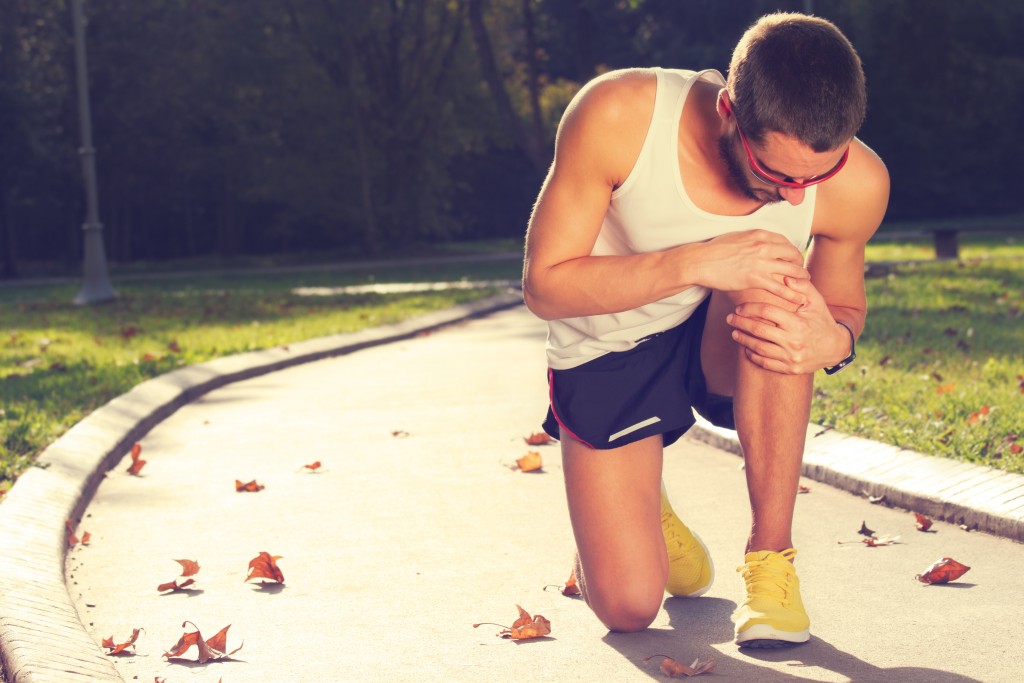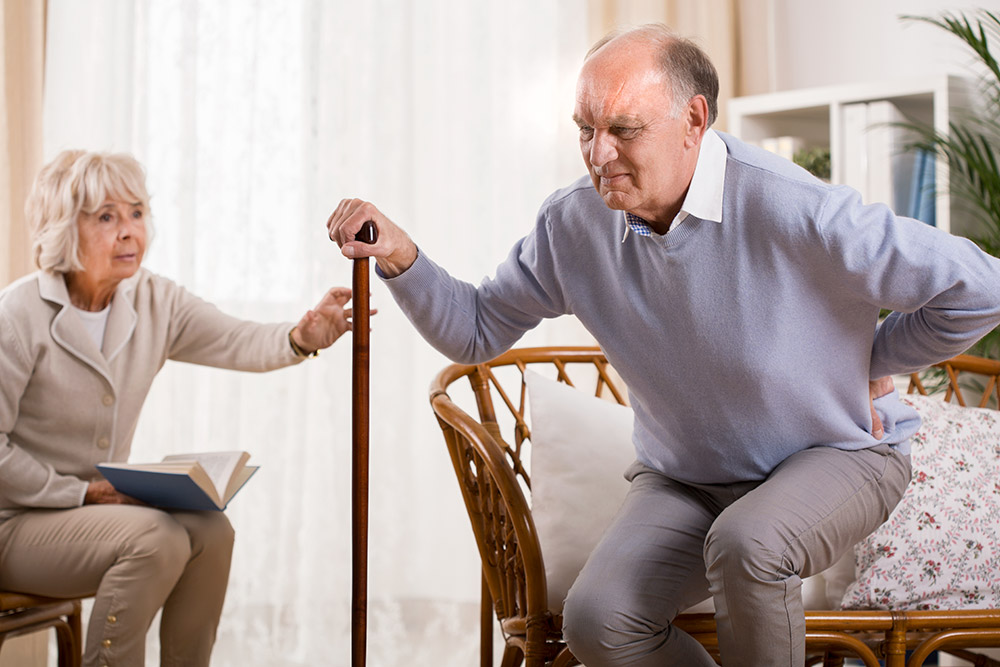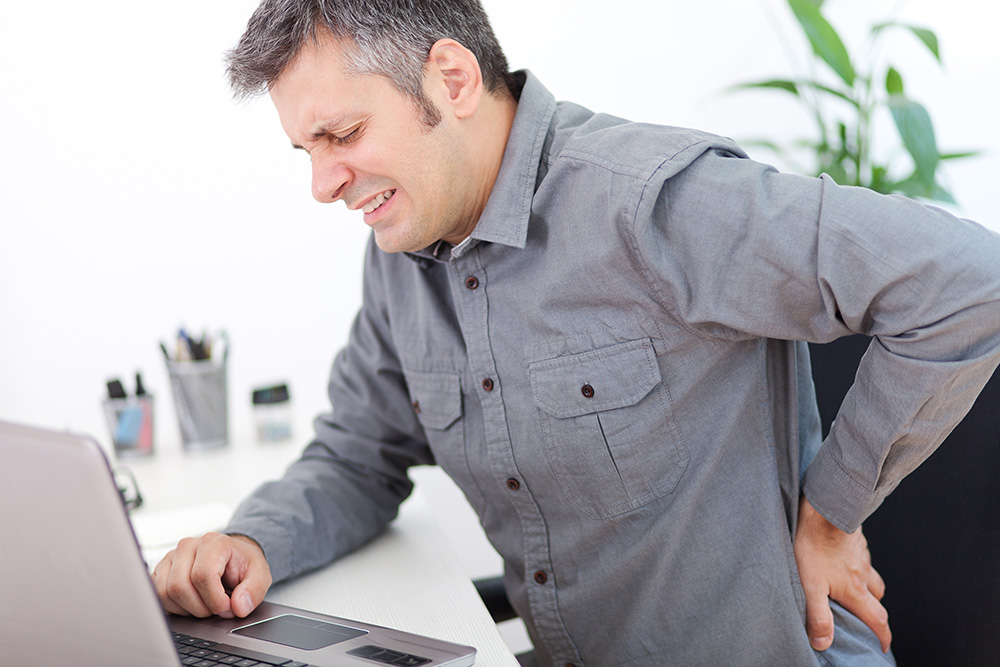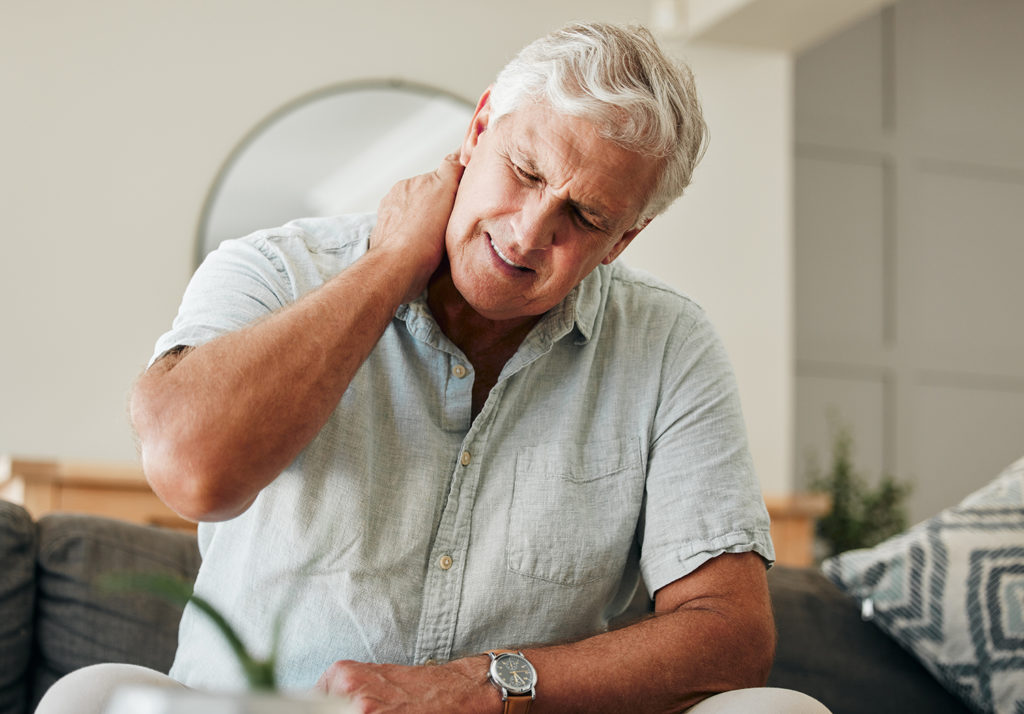Slipped Discs and Osteopathy
Patients often attend the practice with a belief that they have ‘slipped a disc’ or that the disc has popped out and needs to be popped back in. Here we explore discs and why the term slipped disc is not exactly helpful.
What is a slipped disc
The easiest way to imagine a disc is like a jam donut. We have the yeasty outer part (annulus), which is tough and the jammy middle bit (nucleus). The discs act as our cushions between the bones of the spine and allow a wide range of movement.
At birth, discs are about 80% water, so this gives us an idea of the key need for a disc to maintain hydration. The jammy middle bit relies on this hydration to maintain strength and pliability. Movement of the spine, alongside adequate nutrition and hydration, will help preserve this.
Discs are tough structures and able to withstand a lot of pressure placed upon them. They have thickened end plates which allow them to attach to the vertebrae above and the one below and are surrounded by supportive ligaments of the spine.
This supportive network means that ‘slipping’ is pretty impossible. It is also equally impossible therefore for a therapist to exert enough force on a disc to ‘pop it back’ into position in a treatment.
When patients request that we pop their discs back in, it is generally due to them having confused the clicking they have heard in a past treatment, which is due to the air bubble pop of joint fluid in spinal manipulation, to a disc being ‘put back’.
As a natural process of ageing, the discs will dehydrate more and become stiffer and less able to adjust to the compressive forces upon them.
What tends to happen in the case of discs is the jam (nucleus) bulges into the yeast. In a prolapse the jam spills in to the yeast (annulus) but not beyond it and in a herniation the jam bulges beyond the yeast.
Both of these conditions can result in back pain and nerve pain. In a herniation, there may be greater nerve irritation and pain as the nuclear material is very irritant to nerves.
In younger adults, normally between 20-45, when the discs are still quite hydrated and the jam is plump, disc herniations and prolapses are more common. These often occur as a result of a bend, twist, lift, cough or sneeze. Jobs which involve repetitive lifting and bending make this even more common.
In the older age groups from 50 onwards, these acute injuries become less common, but the discs start to dehydrate, become thinner and we then tend to experience more symptoms from degenerative disc issues. This can also cause back pain and leg symptoms, often a result of the changes in the disc alongside the vertebrae bones being in greater contact due to the disc height being reduced.
Disc Pain and Osteopathy treatment
Help is at hand though if you do end up with a disc problem. There are many treatment options and it may be a comfort to know that less than 10% of patients with discal problems end up needing surgery.
Osteopathy is one option which may provide relief. The principals of osteopathy focus on working on surrounding tissues, the muscles and joints, to ease pressure on the discs and enhance mobility and strength. This may involve techniques such as massage, articulation, manipulation and traction alongside exercise and lifestyle advice.






